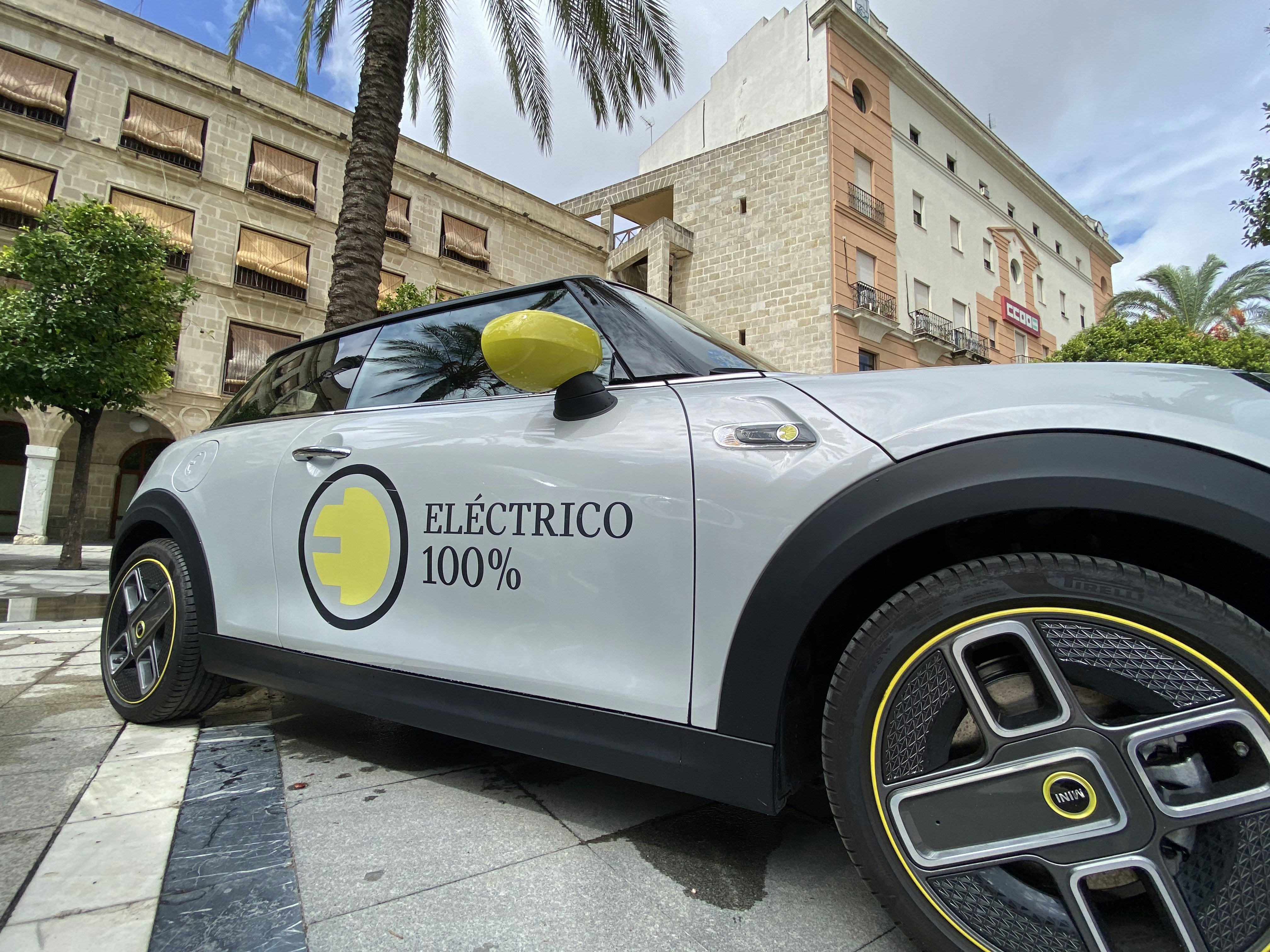From Racing to Robotics: How EVs Shape Sports & Innovations
In a world where innovation is racing ahead, electric vehicles (EVs) are not just changing how we get from point A to point B; they’re also redefining the future of competitive sports and robotics. Whether you’re a motorsport aficionado watching adrenaline-fueled races or an adventurer intrigued by autonomous driving technologies, you’ll find that EV technology is transforming not just the racetrack but also the way athletes train and perform.
The Surge of Electric Motorsport

Historically dominated by roaring engines and high-octane fuel, motorsports are experiencing a radical transformation. Enter electric racing, a burgeoning segment that’s capturing the public’s imagination. The rise of events like the FIA Formula E Championship proves that EVs can deliver high-speed thrills. These electric racing leagues not only showcase engineering prowess but also promote environmental sustainability.
As we dive into this electrifying world, it’s essential to understand how EV technology is revolutionizing racecar designs. Manufacturers are developing powerful electric engines that provide instantaneous torque, leading to stunning acceleration and performance. The design of these vehicles focuses on weight reduction using advanced materials, delivering an exciting racing experience without compromising on sustainability.
Case Studies: Innovations at Play

Notable manufacturers like Porsche and Audi are heavily investing in electric racing technology. For instance, Porsche’s Formula E entry showcases innovative battery management systems that maximize efficiency. These innovations extend beyond the racetrack; the technology filters down to consumer EVs, influencing daily driving experiences. If you're interested in how EV trends echo through other sectors, take a look at our piece on cultural shifts driven by electric vehicles.
Moreover, Formula E is designed with a vision of a more sustainable future. Races are hosted in urban environments, promoting eco-awareness while demonstrating how electric vehicles can thrive even amid concrete jungles. The hope is that these races encourage the general populace to embrace EVs, as their exciting nature challenges the stereotype that electric cars compromise on thrill and performance.
The Environmental Impact of Electric Racing

While the thrill of electric racing tantalizes fans globally, it’s crucial to consider the environmental ramifications. With growing concerns about climate change and pollution, electric racing leagues are addressing these challenges head-on. Formula E, and similar leagues, promise a carbon-neutral footprint by offsetting emissions through various green initiatives.
Various studies reveal that racing events contribute significantly to both local air and noise pollution. EV racing, on the other hand, reduces noise pollution and enhances air quality—an appealing prospect for urban venues hosting these thrilling events. This leads to more extensive discussions around sustainable practices in vehicle manufacturing, which can significantly reduce carbon footprints. For more insights, check out our article on EV manufacturing and its environmental implications.
Robotics: The New Athlete's Assistant

The intersection of electric vehicles and robotics extends beyond just racing; it infiltrates the entire realm of sports training. Imagine athletes harnessing advanced robotics to track performance accurately and optimize their skills. EV technology has made way for sophisticated algorithms that process real-time data, allowing athletes to analyze their training sessions. From performance metrics to biomechanical data, the possibilities are endless.
Advancements in Robotics for Training

As athletics progresses, the integration of robotics into training environments is becoming commonplace. Systems that collect data can create personalized training regimens, ensuring that athletes maximize their potential. These robotic training assistants are designed to analyze movement patterns and provide immediate feedback, leading to improvements in technique and performance.
For instance, tech giants are exploring the use of artificial intelligence to help coaches and trainers predict an athlete’s performance outcomes based on their training data. The marriage of robotics and machine learning with electric vehicles points towards a future where athletes can refine their skills in real-time, similar to how EV technology is continuously evolving.
Furthermore, organizations are beginning to invest in robotics that specialize in specific sports. Solutions like motion analysis and robotics-driven biomechanics provide sports scientists with invaluable insights. The utility of such systems can significantly alter training paradigms. To explore other technological transformations in daily life, check out how EVs are reshaping urban mobility.
Future Prospects: Autonomous Vehicles in Sports

In a society increasingly embracing autonomy, the future of sports may soon intersect with self-driving electric vehicles. Imagine a world where athletes travel to training facilities in autonomous vehicles, allowing them to prepare mentally and physically during the journey. This innovation could streamline travel processes, allowing for more efficient training schedules and less distracting commutes.
Moreover, robots equipped with autonomous navigation capabilities may soon join training environments. They can assist in setting up equipment, adjusting environmental parameters, or even simulating training drills, thereby allowing coaches to focus on strategy and athlete engagement.
Real-Time Data Sharing and Its Benefits

As more sports organizations adopt EV technology and robotics, there’s potential for developing integrated systems for real-time data analytics in team sports. Robots could relay information regarding player actions, health statistics, and competitive performance instantly. This ability to analyze and share data might revolutionize coaching strategies and even game plays, giving teams an unprecedented edge in competition.
Consider the implication of analytics in sports: it's not just about individual performance anymore, it’s about team dynamics, environmental factors, and even psychological readiness—all facilitated through automated systems.
Bridging the Gap Between Sports and the Environment

The shift toward electric motorsports brings with it a larger conversation about sustainability across all sports domains. As sports organizations leverage electric and robotic innovations, they also have a unique opportunity to advocate for environmental care. By reducing their carbon footprint and inspiring teams, fans, and communities, they can lead by example.
Athletes themselves are becoming powerful advocates for eco-conscious practices. Famous motorsport figures are using their platforms to encourage the transition to EVs while promoting green initiatives that resonate beyond the racing circuit. This shift highlights the potential for sports to not only entertain but to ignite broader societal changes concerning environmental responsibility.
Innovation and Community: How Sports Drive Adoption

In the end, the intersection of electric vehicles and competitive sports is not solely about speed and performance; it’s also about fostering community and inspiring change. Electric racing events can engage communities with technology and sustainability, serving as a gateway to EV adoption.
Moreover, the emphasis on robotic and AI advancements not only innovates training techniques but builds a passion for technology among fans. Collaborative efforts between engineers, designers, and athletic experts foster a unique ecosystem that pushes the boundaries of what’s possible in both athletics and automotive fields.
Supporting Local Ecosystems Through Electric Motivation

By hosting more events in local areas, electric racing can encourage local business engagement and tourism. The community can benefit from positive economic impacts while gaining insight into cutting-edge technology. It’s a beautiful cycle: sports promote sustainability, sustainability enhances competition, and technology drives progress.
A particular focus on community engagement emphasizes the need for organizations to communicate their goals sustainably. This symbiotic relationship between automakers, sports organizations, and environmental advocates promotes overall awareness, education, and adoption, creating a ripple effect that resonates across industries.
Final Thoughts
The future of competitive sports and EV technology is an exciting one, fueled by innovation, sustainability, and endless possibilities. From racing to training, electrification and robotics are pushing boundaries previously thought insurmountable. As electric vehicles become more mainstream, the significant impacts on sports culture and robotics will only grow.
Imagine the day when athletes train with robotic assistants powered by the latest EV technology while racing leagues become champions of sustainability. This vision may be closer than we think. For anyone invested in the evolution of the automobile and competitive sports, the journey is just beginning.


